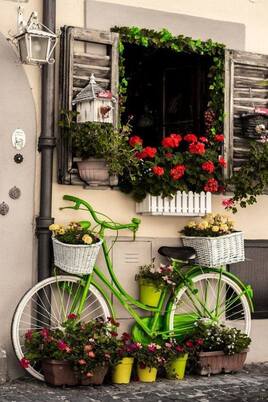 You're driving through the winding back roads of Tuscany and suddenly you find you're at the top of a hill looking out to an amazing vista. There is one solitary tree with a rusting, forgotten bicycle leaning against it. Nature has taken over, covering it with vines and wildflowers. Birds are using it as a temporary perch as they look for their next meal buzzing by... If you have an old, wreck of a bicycle, you can bring some of this romantic feeling into your garden, creating a two-wheeled, flower planter. During normal times, when there are no stay-at-home orders and no corona virus to contend with, you could look for a rusty old cycle at garage sales and flea markets. But if you take occasional "lost drives" (as my son and I do just to get out of the house for a hour or so), you just might see an appropriate bicycle tossed away for trash at the curbside, as I did during the last week during one of our short excursions. We saw two such throwaway bikes. What else do people have to do nowadays but clean out their garages and sheds? Spray paint it red, yellow or a striking blue--tires too! If it's rusty enough, just leave it as is. Use old baskets, bins, wooden boxes or even paint cans attached to the front and rear wheel racks, line them with plastic trash bags with holes punched in for drainage. For an authentic, Italian look, use old wooden fruit boxes and paint Italian words like "fiore", "il giardino" or "bicicletta" or "Villa (your surname)" on the sides. Fill with planting soil and a teaspoon of Soil Moist with lots of trailing plants, like sweet potato vine, and flowers, such as begonias, geranium, zinnia or marigold in a variety of colors. The Soil Moist will retain water as its crystals swell up like little gelatin water sacs, allowing you to water less often. Don't forget to feed with a fertilizer high in potassium (for flower production). Lean your cycle-garden against your mailbox or lamppost, against a stone wall or tree, or hang it on the wall of your she-shed or on a rustic fence. Keep in mind that Italian gardeners are opportunistic, turning all sorts of things into planters (in one case I know, an old cement mixer) and planting every inch of their often small spaces. If you take this same attitude, you can add some Italian flavor to your own Giardino di Villa... Happy Planting! #wewillgetthroughthis #forzaitalia #italianstyle #gardening #italiangardens --Jerry Finzi
2 Comments
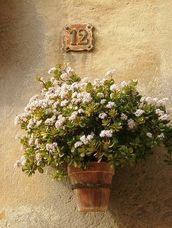 A white flowering sedum A white flowering sedum Whether you're Voyaging through Tuscany, Lazio, Campania, Puglia or Sicily, you will inevitably come across the most beautiful floral displays in hanging wall pot gardens. The kaleidoscope of colors is often dizzying, and the collection of interestingly shaped terracotta pots along with the texture of old stone walls only add interest. Although many plants are hung in more common hanging baskets from metal arm brackets or on balconies, the unusual thing for Americans to see is pots hanging directly on the walls of houses. And it's not just one pot but often dozens creating texture and color on the side of a home. It's easy to get this look in your home garden, if you use the right brackets and choose plants carefully. 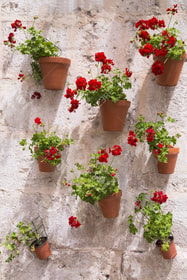 Geraniums are one of the more common plants you will see on walls and balconies in Italy. They continue to bloom until frost arrives. In southern Italy, the plant continues to thrive and bloom year-round. Able to grow in most soil types, geraniums have few problems and will give even more blooms by picking off spent blooms and keeping the plant fertilized, so don't plant them too high. 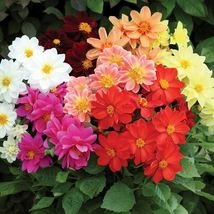 Dahlias grow from tubers that must be dug up and stored during very cold winters. They come in a kaleidoscope of colors with the shorter varieties doing very well in pots (they love well drained soil). Just don't let them dry out repeatedly and remember to regularly fertilize during the growing season. 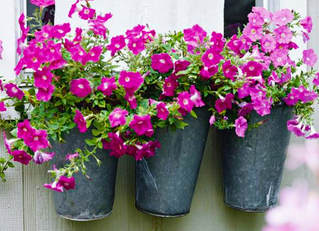 Petunias grow very well in hanging pots, especially the trailing types. They will need water every day, lots of fertilizer and benefit (like most annual flowering plants) from pinching off the dead blooms (which prevents them from going to seed, which takes energy from the flowering process). And don't forget to plant some Calibrachoa, which look like small petunias but are a different genus. Like petunias, they come in a wide range of colors. 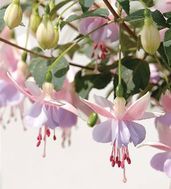 Fuchsia is a wonderfully varied flower to grow in wall pots, its bell shaped pods dangling and opening to reveal a very complex flower shape. They come in many different types... from pastels to powerful blues and reds, some ruffly and others like delicate butterflies. And if you want to attract hummingbirds, this is the flower to grow. If you cook with herbs (as any good Italian does), planting some of your favorite herbs in your hanging wall garden is a great option. Many herbs require good drainage and soil that's not too high in nutrients, like sage, thyme, or oregano. The wall is a perfect environment, in fact, many herbs in Italy grow naturally in cracks in craggy walls. Since mint is usually a runner, often turning into a garden weed, growing it up on your wall is a great way to control its rambunctiousness. For things like basil or parsley, which need more nitrogen (for leaf growth) and water, plant them in a richer, water retaining soil. You can even add some Soil Moist water retention crystals to your soil mix. Plant these pots lower down so you can easily snip what you need before preparing dinner. Growing Tips
If you don't have a sunny wall or expensive terracotta or ceramic wall pots, be creative --use a fence or put your plants in other things that can make a fun plant container. Here are some hanging pots, brackets and other things to get you started. Click on each photo to see them on Amazon. --GVI
|
On Amazon:
|

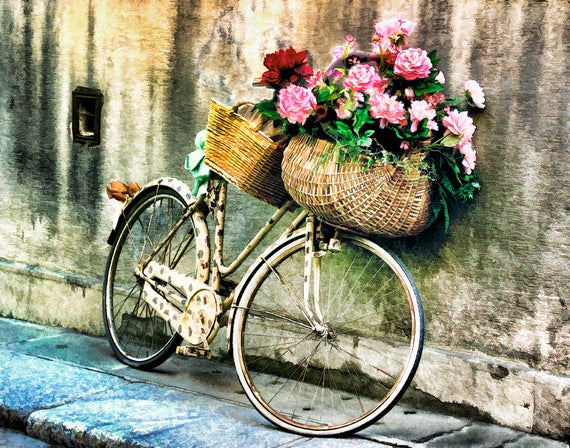
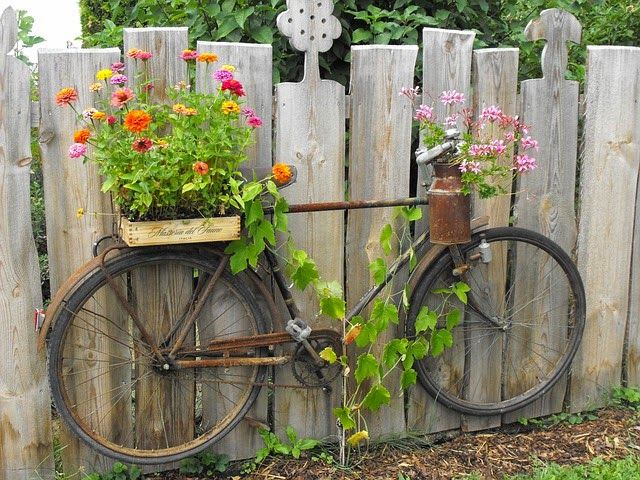
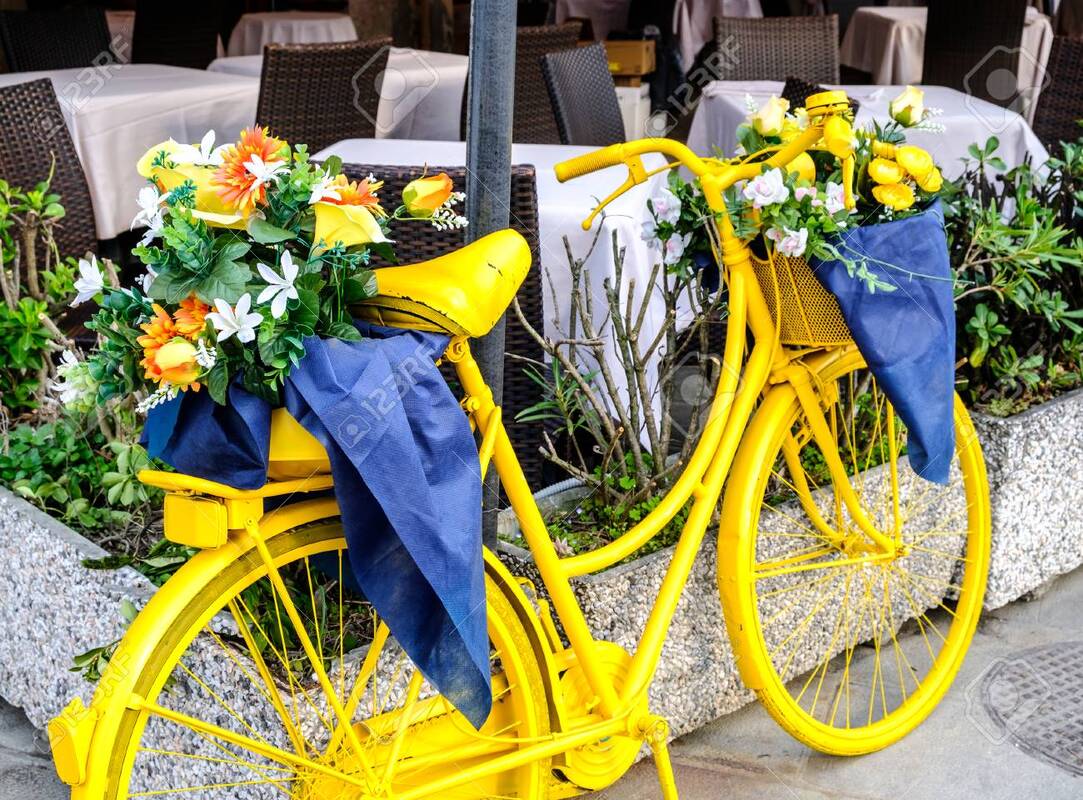
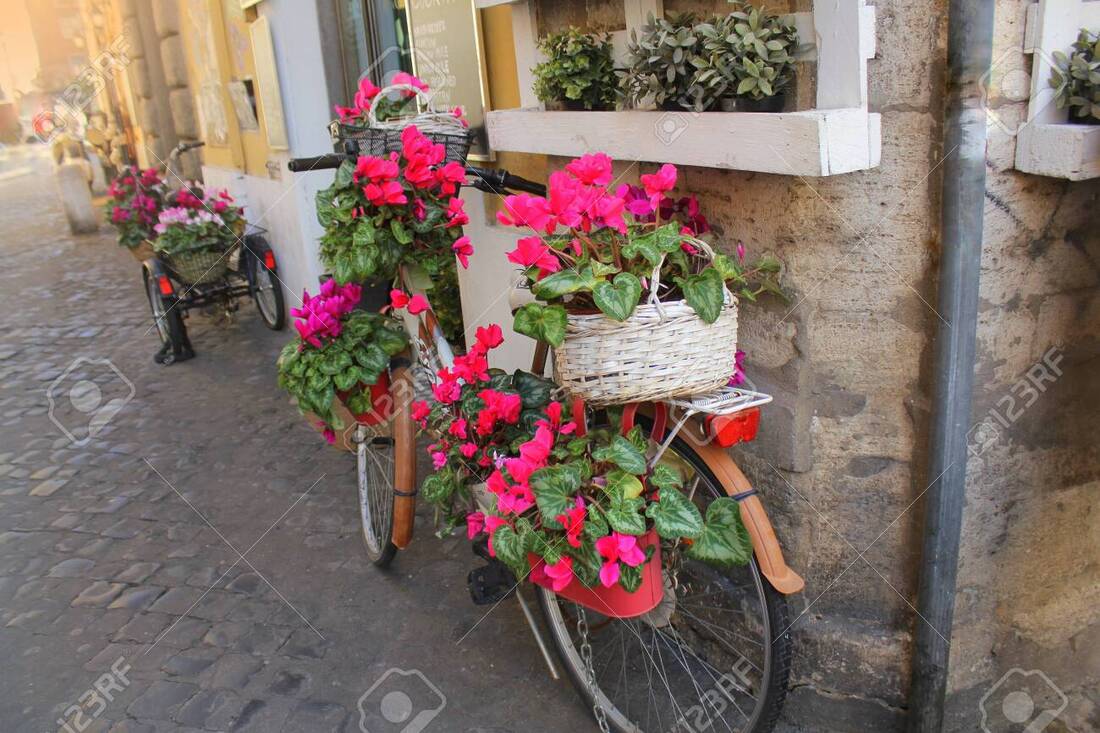
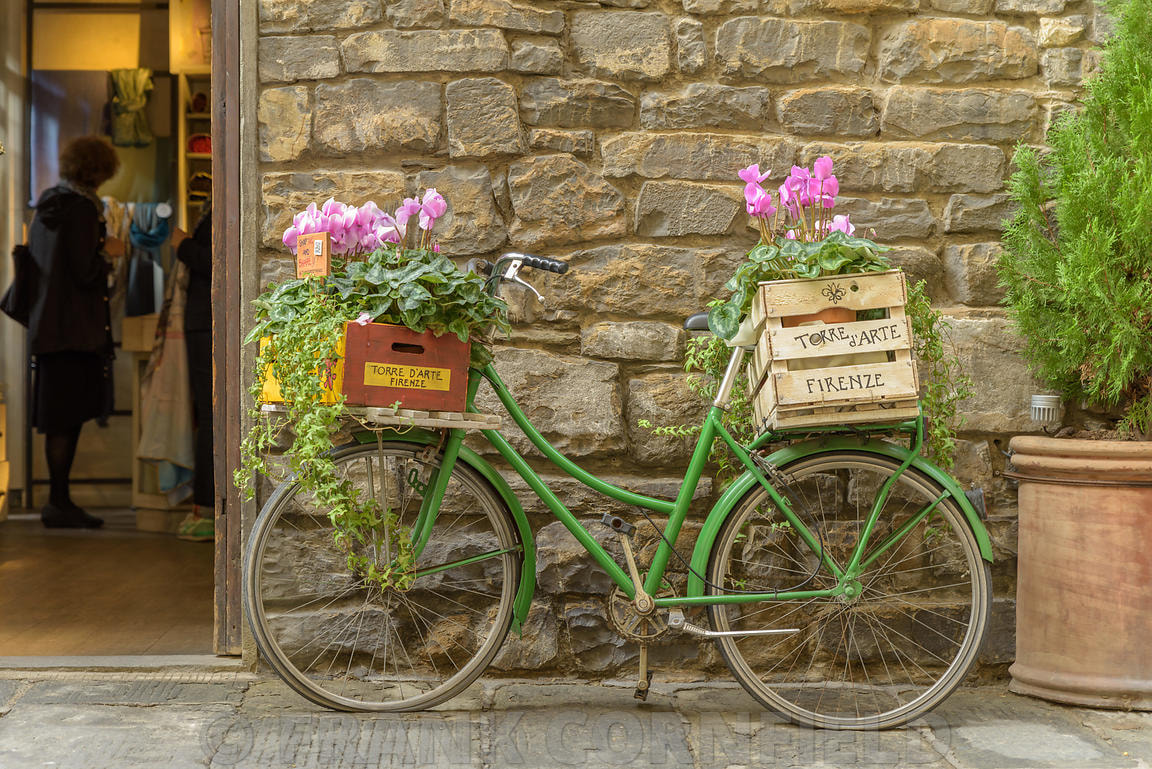
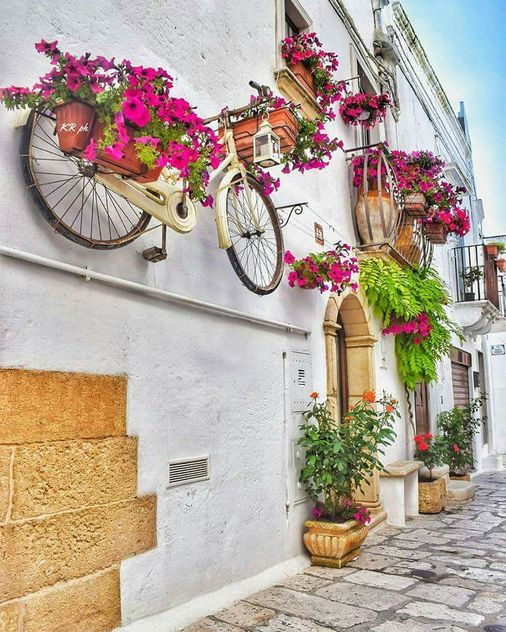

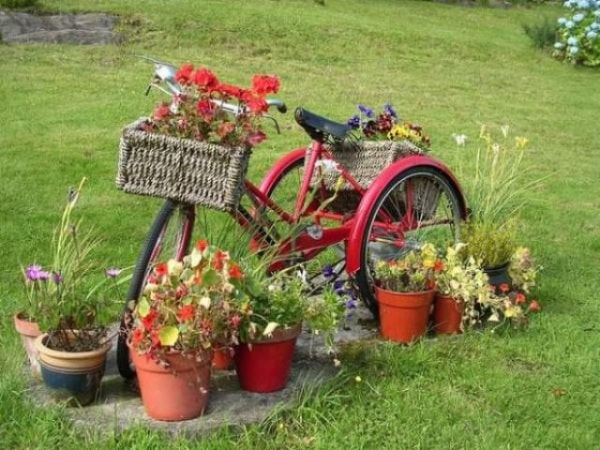
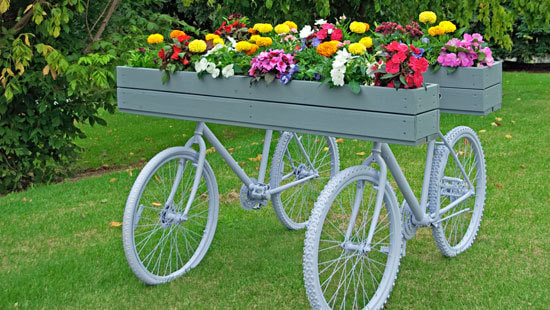
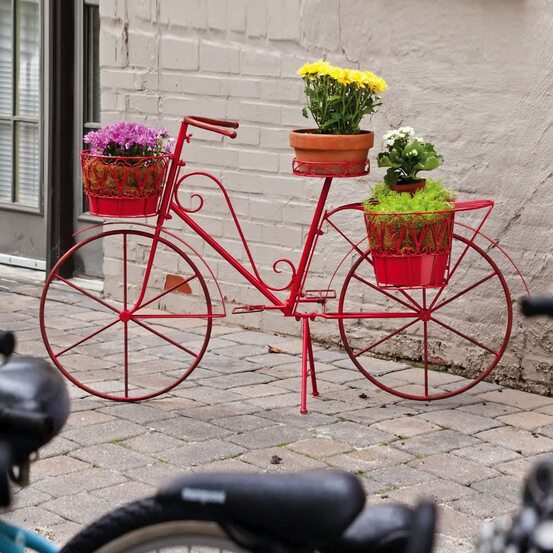
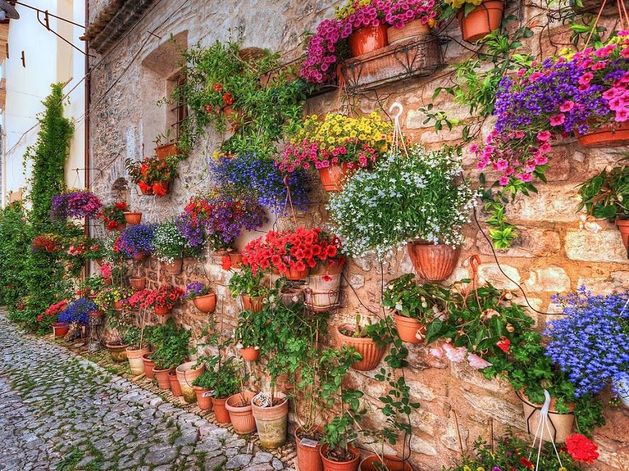
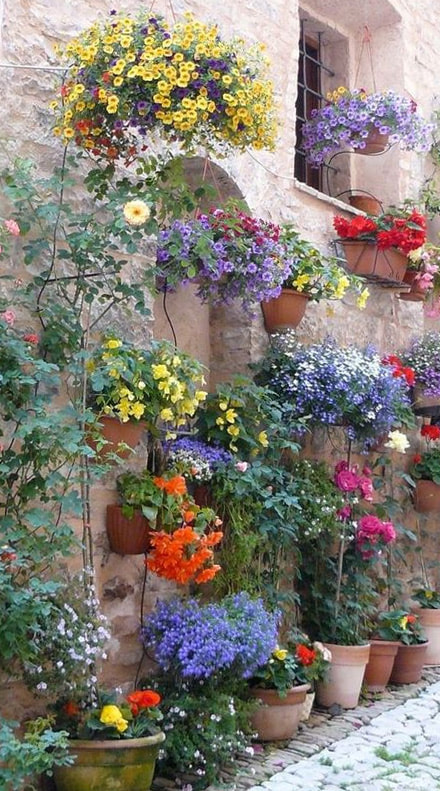
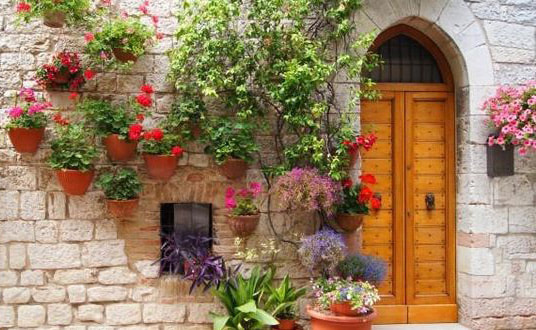
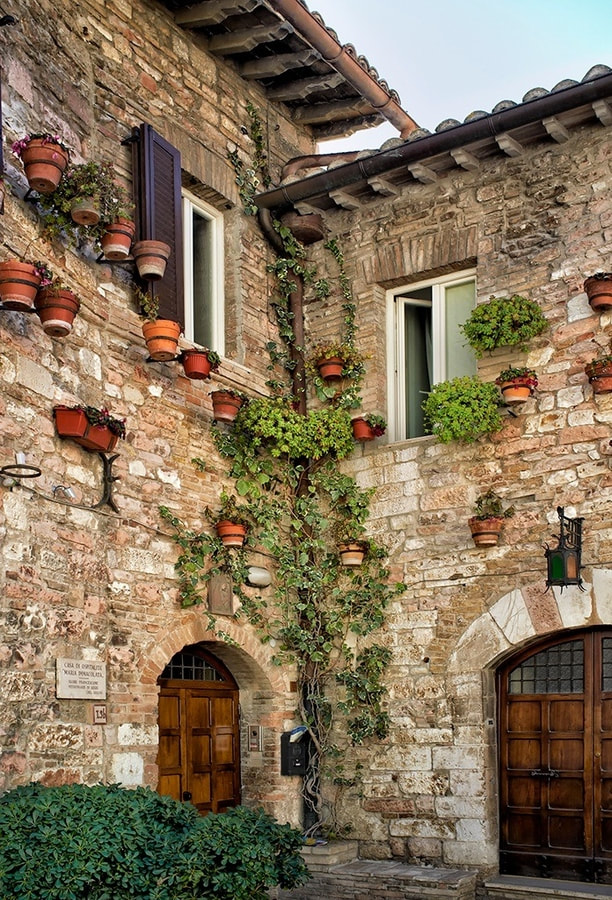
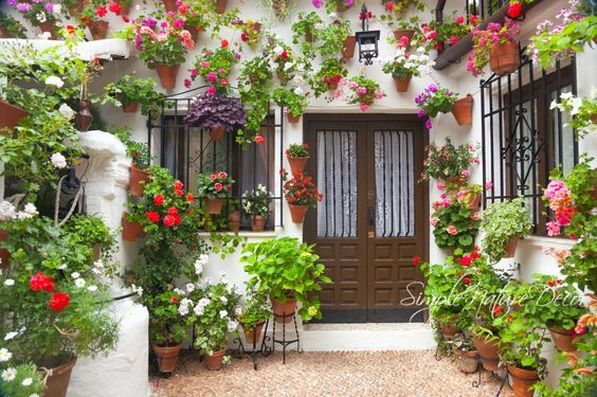

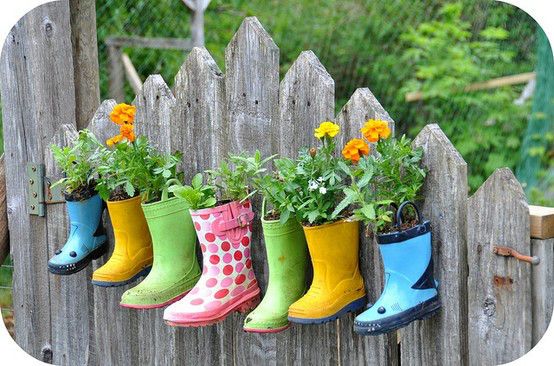
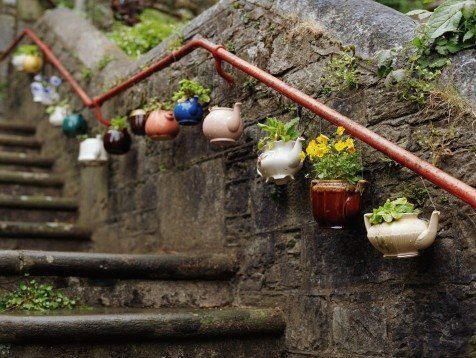
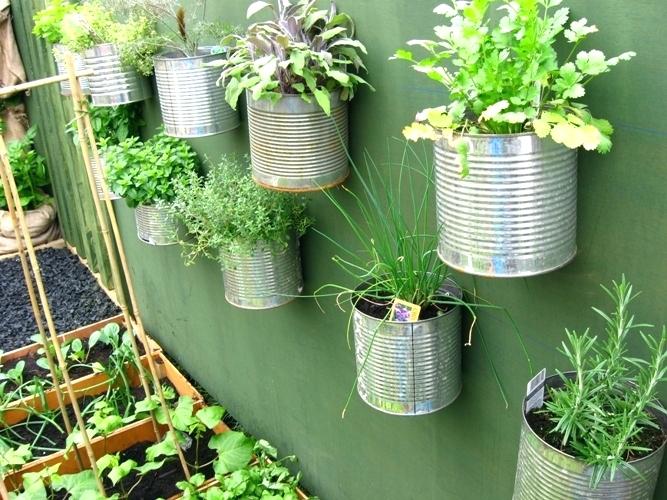
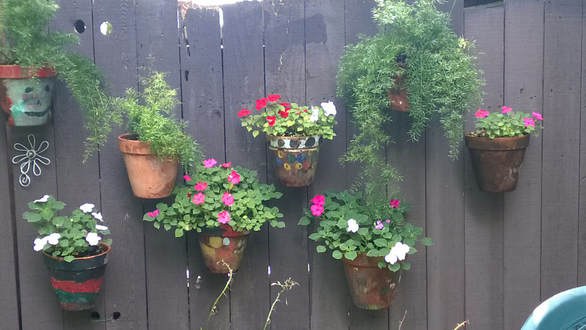
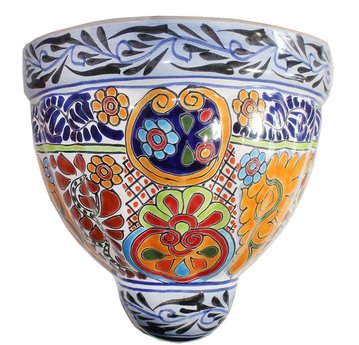
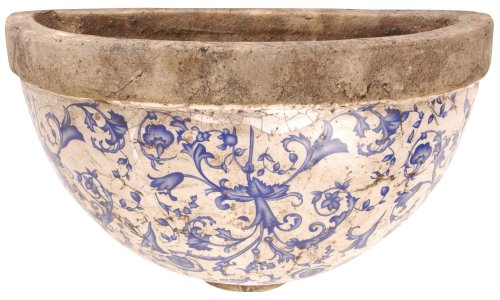
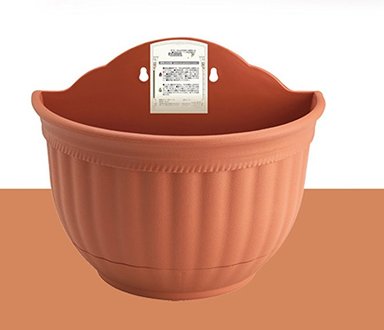
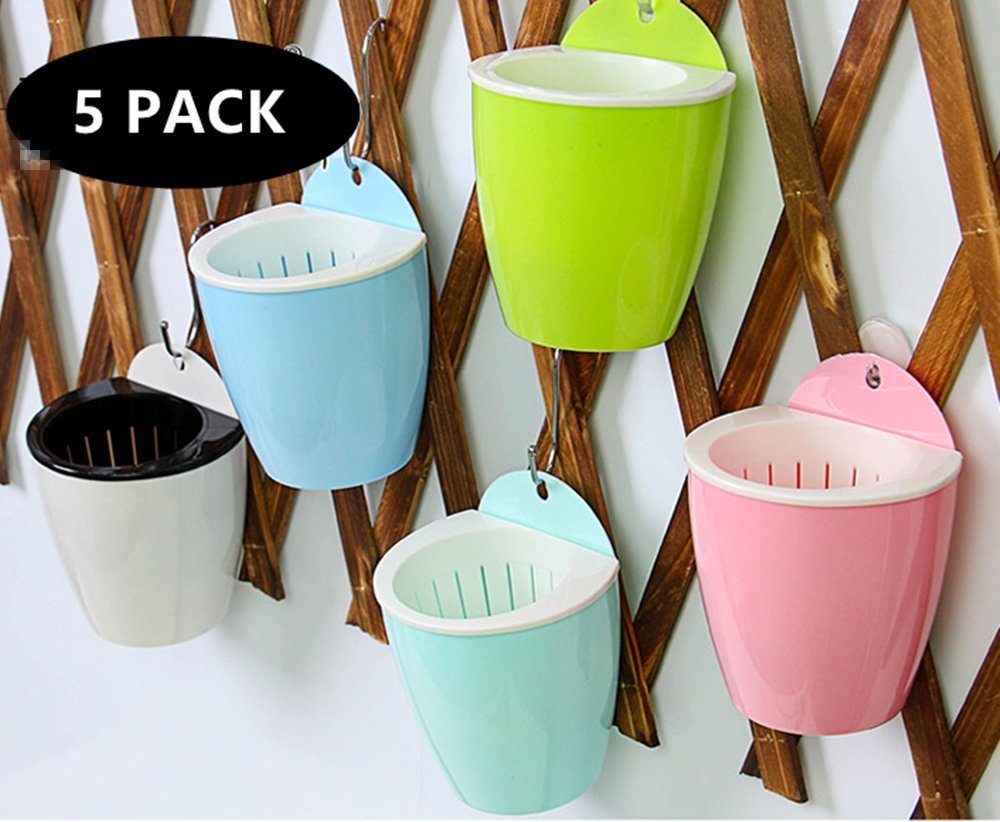
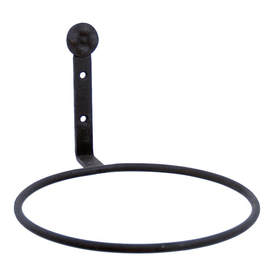
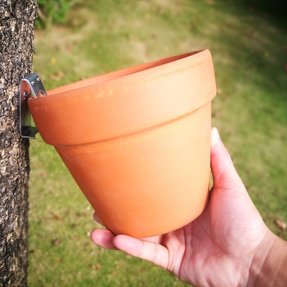
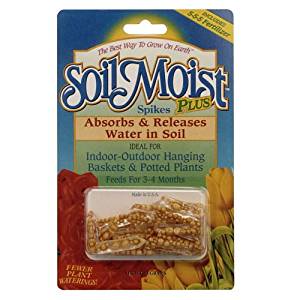
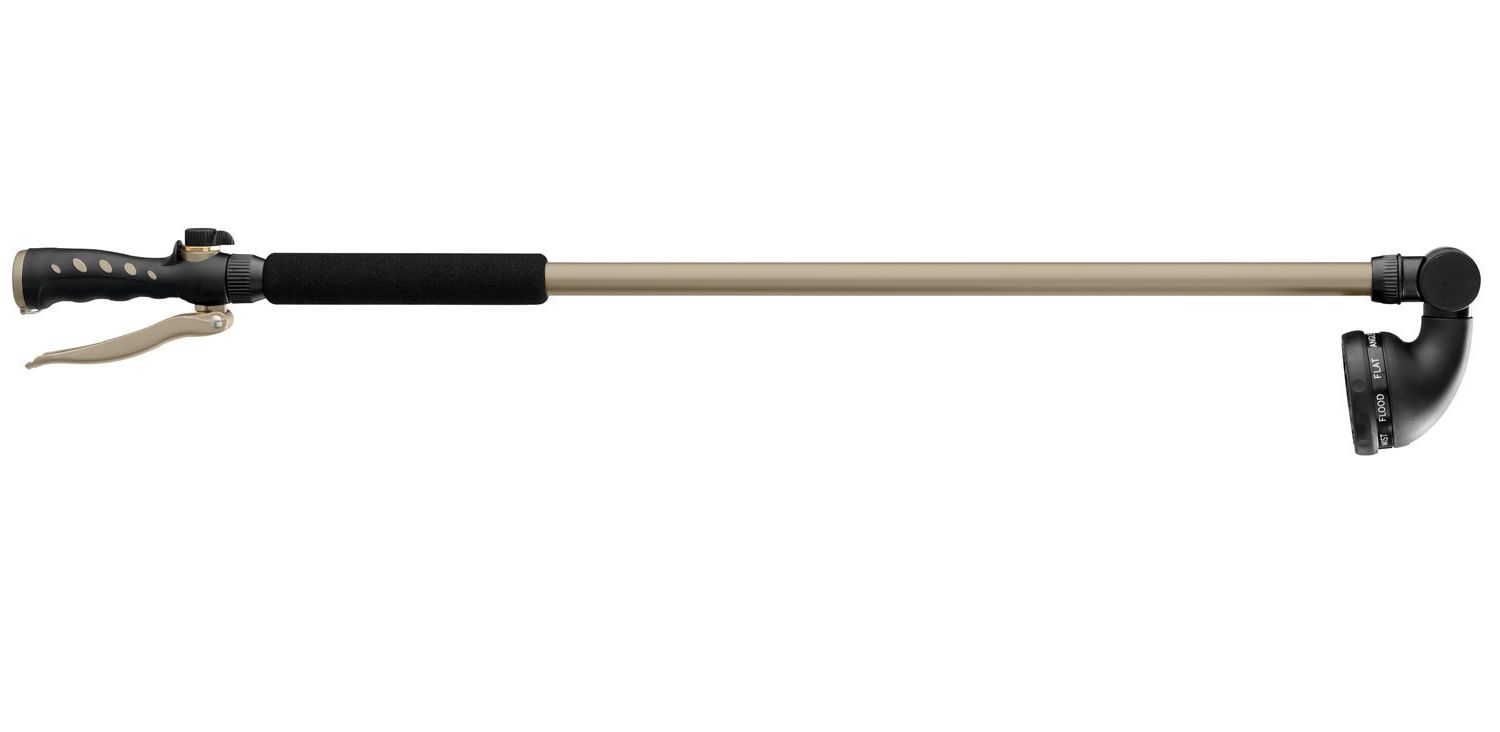
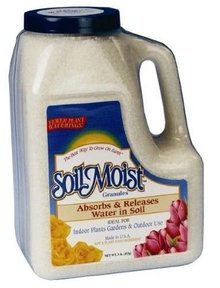



 RSS Feed
RSS Feed
